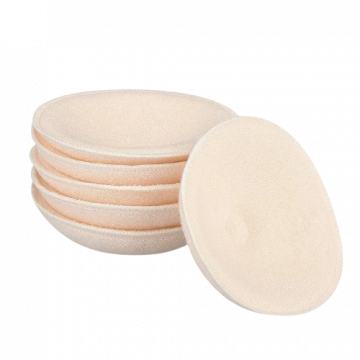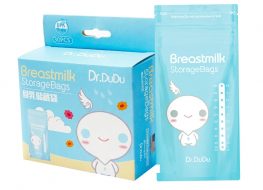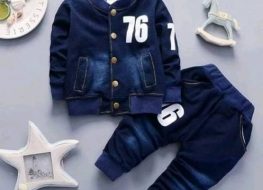
Types Of Nursing Breast Pads And How To Use Them
Nursing Breast pads, also known as nursing pads are used to prevent leakages. They are placed in a bra and absorb breast milk to avoid staining or prevent embarrassment. Leakages are common with moms who have just had their baby as the milk supply adjusts to their baby’s needs. It can last for a few weeks or for as long as the baby breastfeeds.
Types of nursing breast pads
Breast pads come in different shapes and sizes. Depending on your unique needs, you are able to choose the best ones for you. Below are the different types of breast pads.
-
Disposable
These are designed to be worn just once and then discarded as soon as they are wet. They are great for when you are traveling since you don’t have to wash them. They are available in different brands and different shapes and thicknesses. Although they most are affordable, they can be expensive over time since you have to keep buying new ones.
-
Reusable
These are designed to be worn more than once. Once they get wet, you can wash them and wear them again. They are cost-effective since you don’t have to keep buying new ones. It’s however advisable to buy several of them so that you can have something to wear while the others are in the laundry.
-
Silicone
These work by preventing leakages and are not absorbent. They stick to your skin and do not need to be worn with a bra. They apply pressure on the nipple to prevent leakages and are great for doing physical activities such as swimming.
-
Homemade
You can also make your own breast pads at home. All you need is an absorbent material that you can fashion in the form of a breast pad and put on your bra to prevent leakages. You can cut a circular piece either from a diaper, a pad, a cotton cloth and place it in your bra.
-
Hydrogel breast pads
These are used to soothe sore or cracked nipples. They do not prevent leakages but are a great way to provide relief. Simply place them in the fridge or freezer and apply them to your breast to help with the discomfort.
Choose breast pads that are absorbent, soft, and those that allow your breasts to breathe. Remember to change them whenever they become wet.
By Beth Mugo



